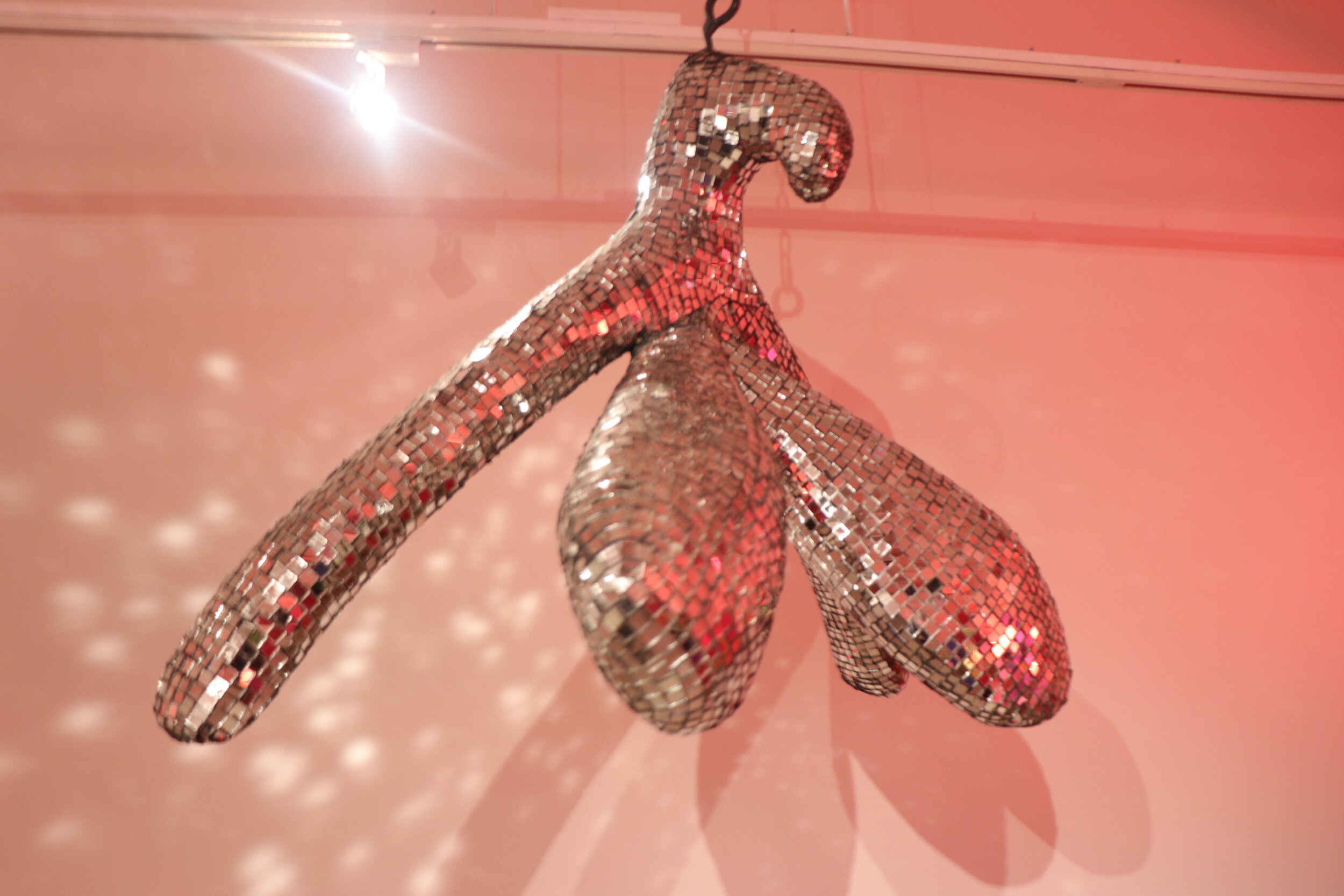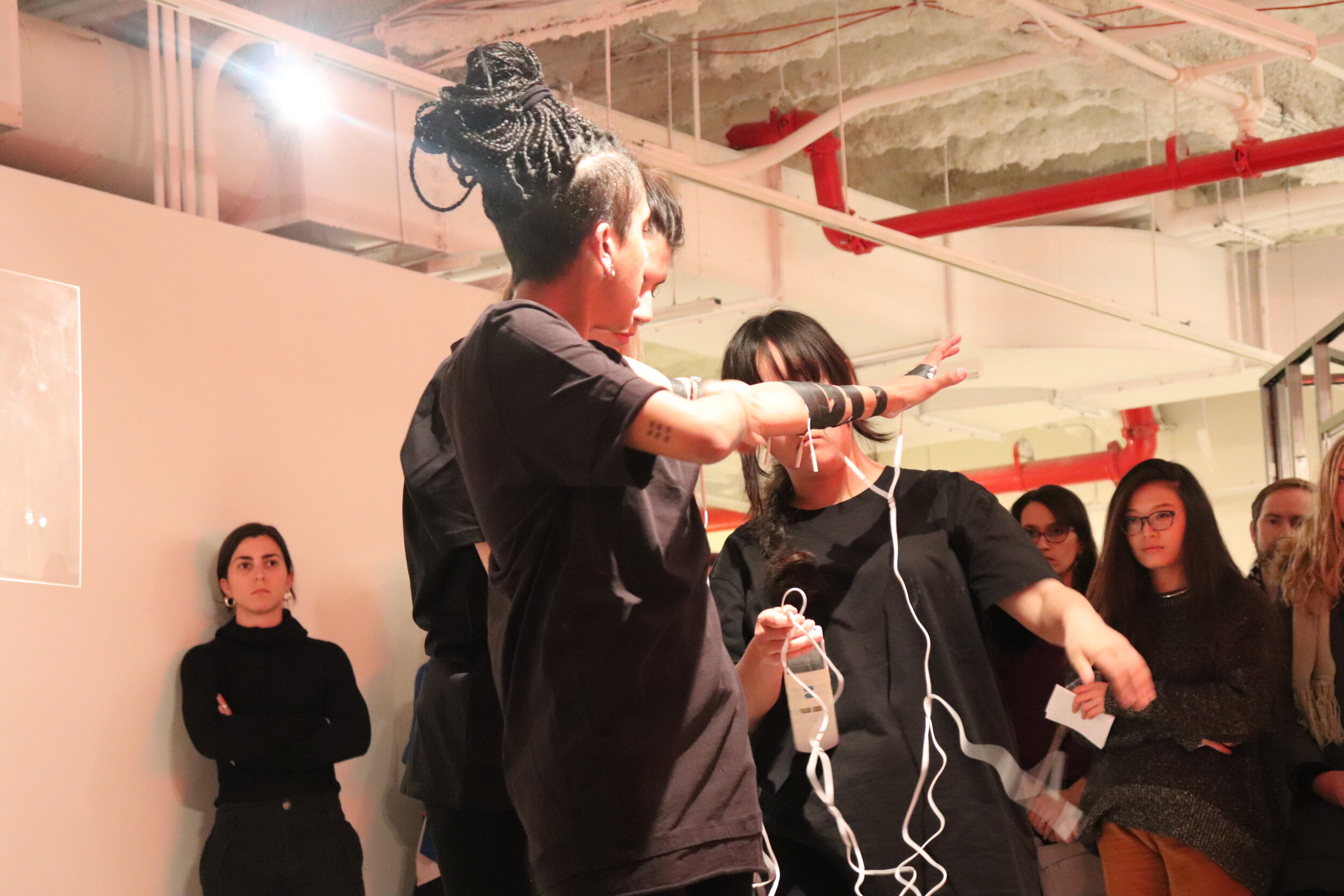Evan Burnett, Ana Parisi, James Ronner, Kris Rumman, and Heather Sutherland; Jurors: Graciella Cassel and Graham Caldwell
The disparate nature of the work in front of you only hints at the richness of transdisciplinary variety found in a new generation of “glass art” practitioners. In the hands of talented young artists across the globe, this material is being manipulated with unprecedented skill to previously unimagined purposes.
While this diversity is in of itself a readily apparent theme, the jurors and I were able to extract and tease some common threads evident in the work. I believe that these striking commonalities amongst a backdrop of creative individualism speak volumes about the culture that these artists are both creating and commenting on. Once the cutting room floor was covered with talented artist’s aspirations, Cassel observed that we had distilled “a visual and sensory space that questions reality and power”.
It is hardly surprising but heartily encouraging that in an ecosystem of competing and diametrically opposed realities that reeks of corruption and the rampant abuse of power artists would rise up to address such prescient issues. Caldwell notes that the artists adeptly employ glass in relationship to a wide array of other materials and media to examine “the construction of gender and gender identity, memory, post colonialism, existential isolation, and comedy”. No longer content to speak passively through objects, each of these artists powerfully interjects themselves into the work either directly before the audience’s eyes or through the remnants or documentation of their performative acts.





















